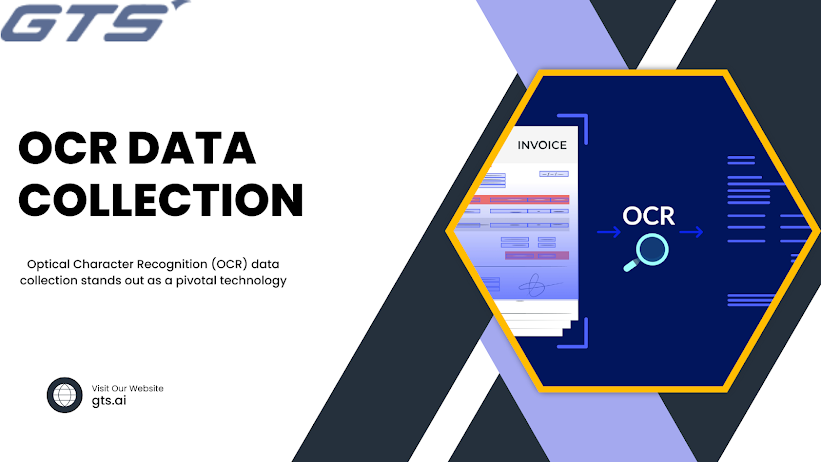The Revolution of OCR Data Collection: Empowering Digital Transformation

Introduction
In the realm of digital transformation, Optical Character Recognition (OCR) Data Collection stands out as a pivotal technology that bridges the gap between the physical and digital worlds. This technology, which allows for the conversion of different types of documents, such as scanned paper documents, PDF files, or images captured by a digital camera, into editable and searchable data, is revolutionizing industries by enhancing efficiency, accuracy, and accessibility of information.
The Essence of OCR Technology
OCR technology employs machine learning and artificial intelligence to recognize and convert printed or handwritten text into machine-readable text. This process not only streamlines data entry but also paves the way for advanced data analysis and automation. The versatility of OCR applications ranges from simple tasks like digitizing receipts to complex processes like automating data extraction from legal documents or medical records.
OCR Data Collection: A Pillar for Machine Learning Models
The effectiveness of OCR technology heavily relies on the quality and diversity of the data it is trained on. Collecting OCR data involves gathering vast amounts of Text To Speech Dataset from varied sources to train machine learning models. This data collection process is meticulous and requires a nuanced understanding of the specific needs of each OCR application, ensuring that the models can accurately interpret and process information from diverse documents.
Challenges and Solutions in OCR Data Collection
Despite its vast potential, OCR data collection faces challenges such as handling diverse document formats, varying quality of source materials, and the complexity of languages and scripts. Solutions involve sophisticated data preprocessing techniques, enhancing OCR models with natural language processing capabilities, and employing human-in-the-loop systems for quality assurance.
Industry Applications and Impact
The impact of OCR data collection is profound across various sectors. In healthcare, it enables the digitization of patient records, improving data accessibility and patient care. Financial services leverage OCR for processing invoices and transactions, enhancing efficiency and fraud detection. Legal firms utilize OCR to manage vast repositories of case files, streamlining research and documentation processes.
Future Trends in OCR Data Collection
As technology advances, we can expect OCR to become more integrated with other AI technologies, offering even more seamless data extraction and analysis capabilities. Innovations in machine learning algorithms will likely enhance OCR accuracy, especially in recognizing complex or low-quality documents. Furthermore, the expansion of OCR applications into new areas such as augmented reality for real-time text recognition and translation presents exciting possibilities.
Conclusion
OCR data collection is at the forefront of the digital transformation journey, offering unparalleled opportunities for businesses and organizations to harness the power of their data. As we continue to refine and expand this technology, its role in automating processes, enhancing decision-making, and unlocking new insights from textual data will only grow, marking a new era in information management and accessibility.
Globose Technology Solutions provides specialized OCR data collection services that can significantly enhance the efficiency and accuracy of your OCR projects. By leveraging their expertise, you can access a wide range of high-quality, diverse text data essential for training robust OCR models. Their services are tailored to meet the specific needs of your applications, ensuring optimal performance and reliability of your OCR solutions.



Comments
Post a Comment